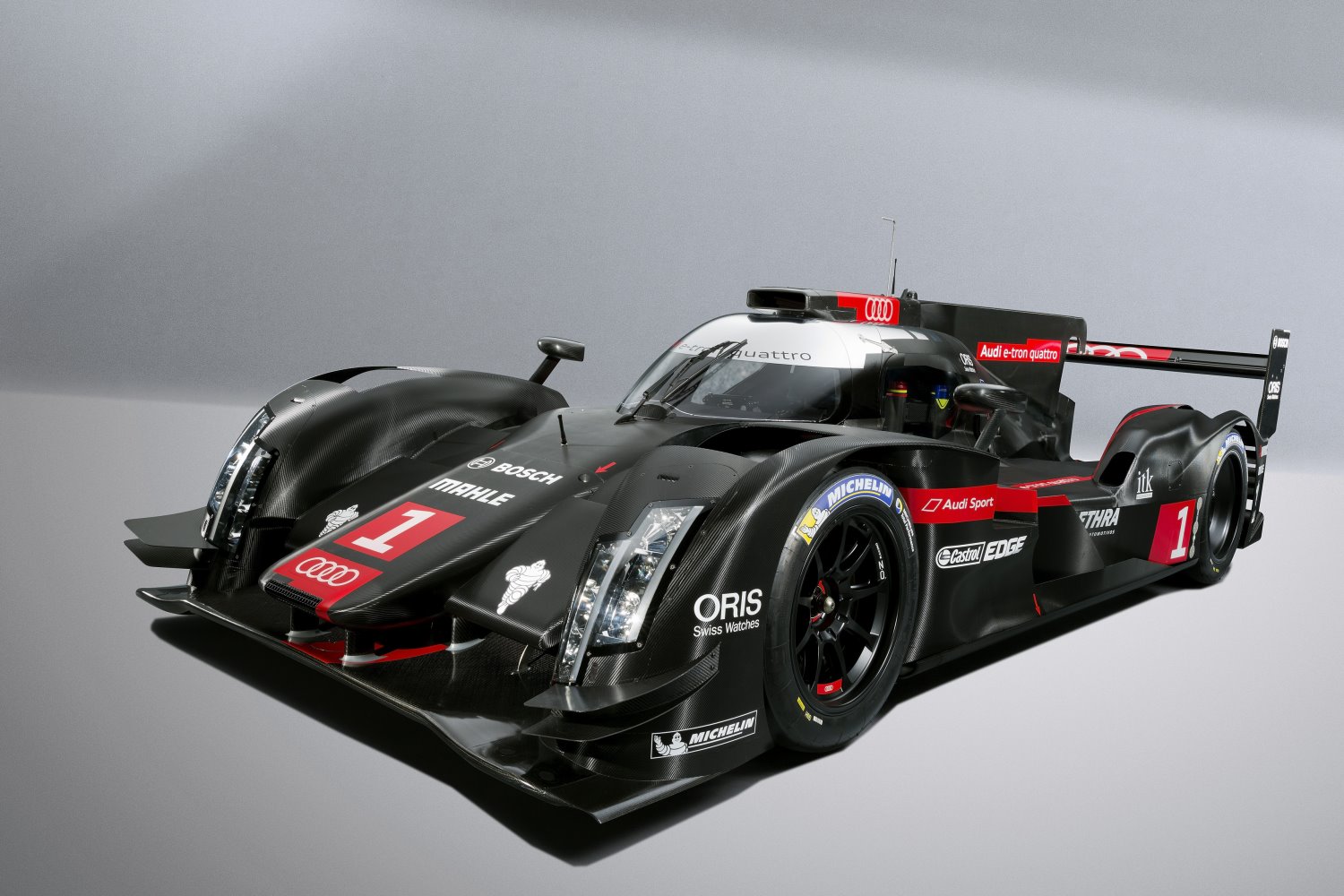Audi welcomes LMP1 efficiency regulations
 |
| The 2014 R18 e-tron quattro is the most efficient LMP1 sportscar Audi has ever built |
The changes to the Technical Regulations of the FIA World Endurance Championship (WEC) for the 2014 season can justifiably be called a revolution. For the first time, the output of a race car is no longer subject to targeted restrictions. Instead, limitations are imposed on energy consumption while new engineering freedoms are allowed. This way, technical creativity will be rewarded so that the most efficient race car may win at Le Mans on June 15.
“The LMP sports prototype class is ideal for demonstrating Audi’s efficiency technology in racing," emphasizes Dr. Wolfgang Ullrich, Head of Audi Motorsport. “This category has systematically evolved into a class of technological leadership. The world’s most complex race cars are developed for it. That the efficiency targets in LMP1 racing largely match the requirements for current and future passenger cars perfectly fits Audi’s claim and commitment."
 |
| Dr. Martin Muhlmeier |
Ever since the brand with the four rings entered LMP1 racing in 1999, the efficiency of the sports prototypes from Ingolstadt and Neckarsulm has continually improved. The major steps in the powertrain sector included the introduction of TFSI gasoline direct injection (2001), TDI diesel technology (2006) and e-tron quattro diesel hybrid technology (2012). In addition, there were innumerable detailed optimizations in all other areas of the race cars. “In 2014, though, the thinking has fundamentally changed," explains Dr. Martin Muhlmeier, Head of Technology at Audi Sport. “Traditionally, technical regulations in motorsport have been focused on limiting engine power output – for instance though factors like cubic capacity limits, relatively tight constraints for turbocharging systems, or through air restrictors. By contrast, the absolute amount of fuel available for a race has typically been unlimited, and this was the case in LMP1 racing as well. But now, a maximum amount of energy per lap is specified. And we need to make the best of it. By taking this step, the FIA, the ACO and all the parties involved have managed to get a set of regulations off the ground with a straightforward focus on efficiency while continuing to make thrilling sport and entertaining races possible."
 |
 |
In simple terms, the new regulations challenge the entrants to make the best use of a prescribed amount of fuel on each lap in order to cover the longest distance within a certain space of time (such as the 24-hour race duration at Le Mans) and to thereby win. A chart shows the amount of energy allocated to each powertrain concept. Diesel and gasoline engines are permissible. Furthermore, for the manufacturers with factory commitments, hybrid systems are prescribed in four different performance classes. A maximum amount of energy is defined for each of these classes.
This results in a thrilling sporting constellation. “Only those who have optimum control of their consumption, approach the permissible energy limit as closely as possible, and are faster than everyone else thanks to an efficient driving style will be competitive," explains Chris Reinke, Head of LMP at Audi Sport. If the amount of energy available per lap is not fully consumed, it will be lost, as it may not additionally be used on the subsequent lap. This is a principal difference to the previous regulations, which did not limit consumption in the race.
As of this year, the engineers have clearly more freedom with respect to the solutions they can use to achieve the new goal. Audi has opted for an all-new V6 TDI engine and the e-tron quattro drive system. In the gripping battle of the concepts, the brand is aiming for its 13th victory at Le Mans with the R18 e-tron quattro.
